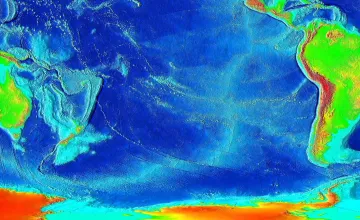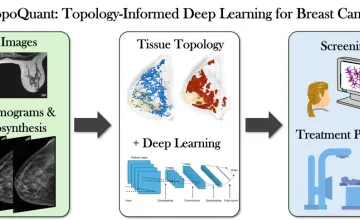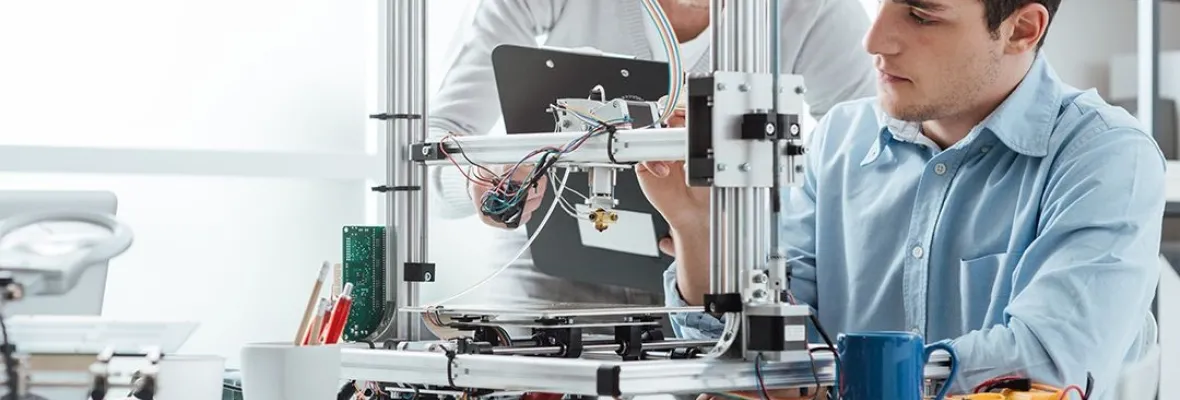AAU universities conduct a majority of the federally funded university research that contributes to our economic competitiveness, health and well-being, and national security. AAU universities are growing our economy through invention and innovation while preparing the next generation of scientists and engineers for global leadership. By moving research into the marketplace AAU universities are helping to create jobs, and provide society with new medicines and technologies.




Explore More: University Research
You can filter stories by the university.
Two Stanford research teams are making steady progress toward creating a visual prosthesis that works as well as a real human eye.
One of their promising new devices, a bionic vision system based on photovoltaic implants, is awaiting approval for human clinical trials in Europe.
